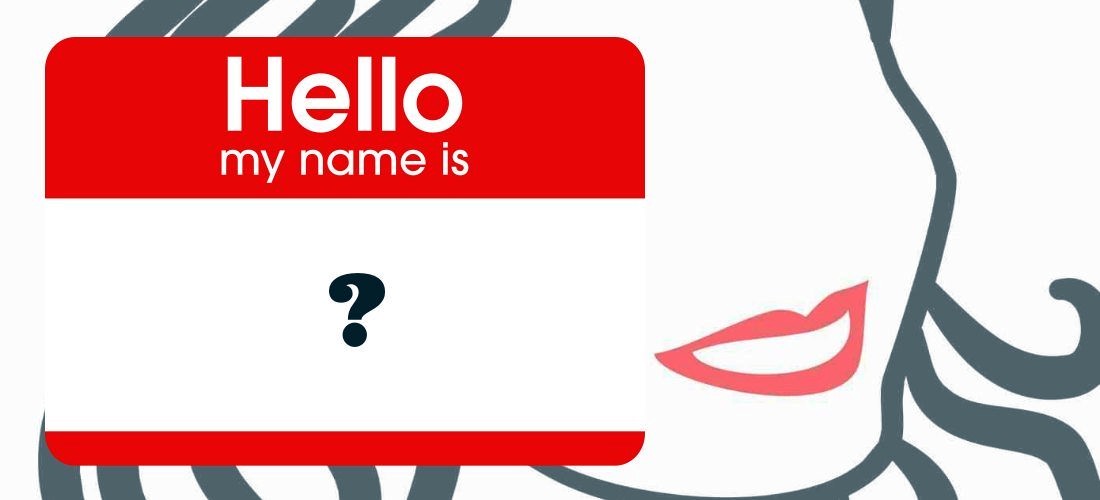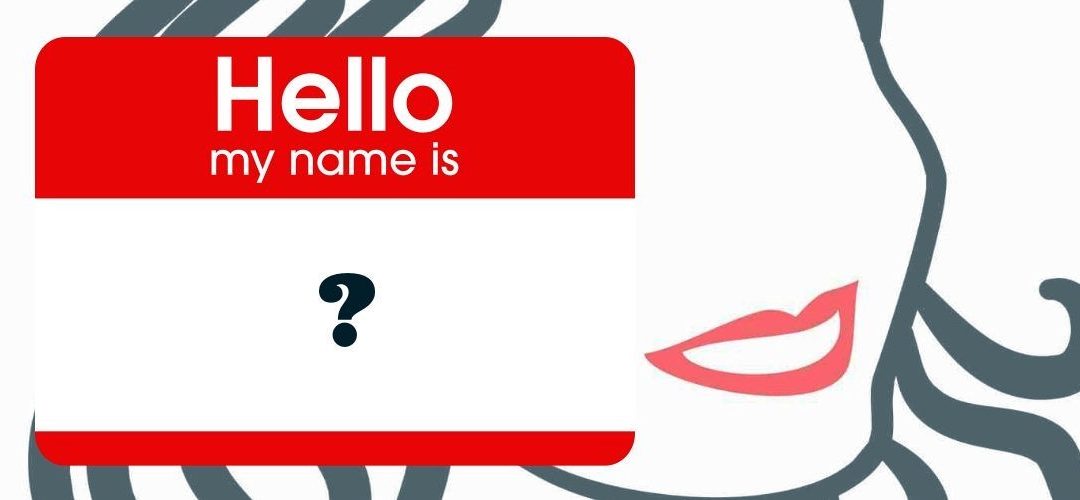
7 TIPS TO WRITING A GREAT INTRODUCTION
By: Cliff Townsend
This is the most important part of any speech, however, it is so overlooked and neglected by so many speakers and presenters. Most people do not give it the level of attention that it deserves, and this is the part of your speech that set the tone, not only for you but more importantly your audience.
On a weekly basis, I am at speaking events or networking events where I see business owners pitching their ideas or businesses and they leave this part of their speech up to someone who most of the time is a complete stranger and knows nothing or very little about them and their business.
The part of your speech I am referring to is, of course, the introduction. As a speaker or presenter, your introduction is your first impression the audience gets of who and what you are, and most people do not even bring an introduction to a planned speech or presentation.
No one knows you or your business like you do, no one can describe your business or your services like you do, so why not take a few minutes and write an introduction letting the host or MC know exactly how you want to be introduced. This is your opportunity to shine and make not only a good first impression but a lasting first impression.
Remember you usually have only a few seconds, actually according to studies only about 15 seconds for an audience to decide whether they like you or not, so before they even see you, or hear the first word out of your mouth, and judge you based on the way you’re dressed, give them something that will build a good impression, and a great introduction does just that.
There are a few rules to writing a good introduction and I will go over a few of them here.
-
Your introduction is not a speech. Your introduction should last no longer than 45-90 seconds, two minutes at the max. Too much information added in your introduction and it starts to seem as if you are bragging, and no one likes a bragger, save all that for the actual content part of your speech.
-
Type your introduction in fairly large bold fonts, you may have a half-blind host and you want to make it as seamless as possible for them, do not write your introduction, because you may think you have great legible handwriting, but others might not. Just type it plus it looks more professional.
-
If you have a difficult name do not assume that everyone can pronounce it, you already know you have a weird name, tell the host how to pronounce your name. Save yourself being upset and being introduced as someone you’re not.
-
You should send your introduction ahead of your speaking engagement, however, make sure to bring an extra copy with you just in case they lose it, didn’t get it or any other reason.
-
Your introduction should let the audience know what you will be speaking about, therefore you don’t have to do that, you can go straight into whatever type of opening you planned.
-
Your introduction is to help you build trust and credibility with the audience but remember not too much or else it seems braggadocios.
-
Lastly, never ever ever ever–ever, ever, ever ever–ever, did I say never ever as a speaker or presenter go to do a prepared speech or presentation without having prepared an introduction.
About Your Author
As a trained Actor/Film maker and Director Cliff Townsend been captivating audiences with story telling for years. He’s also worked with some of the best speakers and story tellers in the world, such as Les Brown and Tony Robbins. Mr. Townsend brings those techniques and strategies to Speaking Mastery Academy where he teach clients how to master the art of Storytelling, Mastering Body Language Secrets, Mastering Public Speaking Skills and building self confidence.
Be the first to know
Lorem ipsum dolor sit amet con sec tetur adi piscing elit sed do eiusmod tempor.






Recent Comments